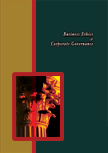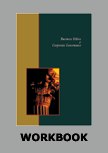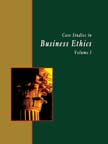IKEA's Environmental Practices: Making Good Business Sense
|
ICMR HOME | Case Studies Collection
For delivery in electronic format: Rs. 500 ; For delivery through Shipping & Handling Charges extra: Rs. 500 +Shipping & Handling Charges extra
»
Business Ethics Case Studies 
Custom Search
|
|||||||
Excerpts Contd...Eco-Friendly PracticesApart from developing a wide range of eco-friendly products, IKEA also adopted several eco-friendly practices, right from choosing the location of its new stores to using alternative sources of energy, waste management, and transportation. For constructing new stores, IKEA followed policies and procedures that ensured that the buildings were durable and sustainable. IKEA generally chose Brownfield land for its showrooms. Selecting brownfield land had two advantages. These sites were generally situated in densely populated locations, which was ideal for IKEA's business... Making Suppliers Environmentally ResponsibileAudit of SuppliersBefore the first delivery, IKEA conducted the first IWAY audit, which began with a meeting between the auditors from IKEA and representatives of the supplier. The auditors, accompanied by a representative from the supplier, conducted a tour of the factory. From time to time, the auditors questioned the employees of the suppliers to check their conformity with IWAY. The auditors also checked the general working conditions at the factory... Forest ManagementThe Benefits and the ChallengesIKEA cooperated with several organizations on environmental issues. In 2000, it initiated the Business Leaders' Initiative on Climate Change (BLICC). The aim of this initiative was to teach member companies how to measure, report, and reduce CO2 emissions. IKEA also entered into cooperation with the World Wildlife Fund (WWF) for projects in four areas - spread of information & education, supporting certification, responsible forest management, and promoting legal compliance... Exhibits
Exhibit I: IKEA - International Expansion
|
Case Studies Links:-
Case Studies,
Short Case Studies,
Simplified Case Studies.
Other Case Studies:-
Multimedia Case Studies,
Cases in Other Languages.
Business Reports Link:-
Business Reports.
Books:-
Textbooks,
Work Books,
Case Study Volumes.








